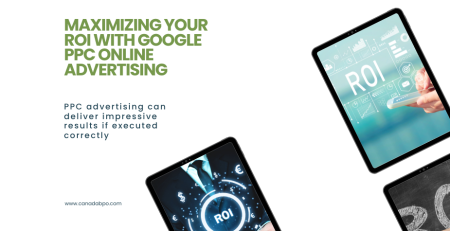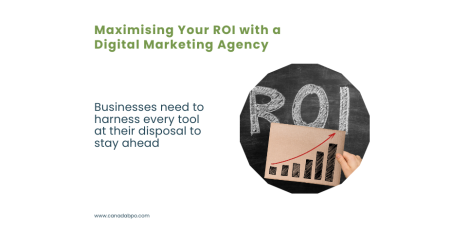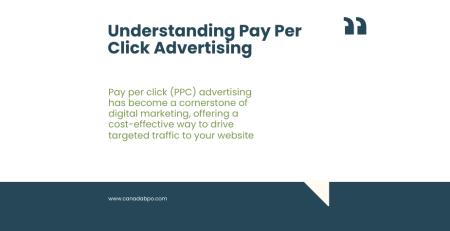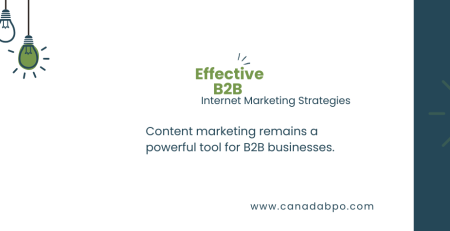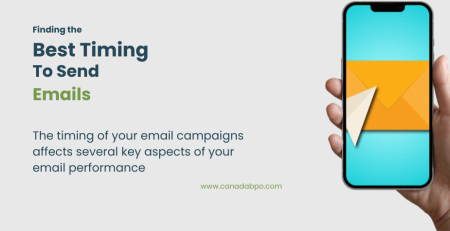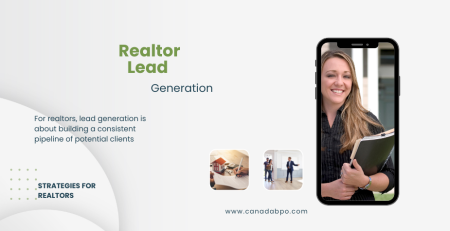Whether you’re a startup or a well-established brand, navigating the ever-changing digital landscape can be challenging. That’s why we’ve outlined some of the best digital marketing strategies to help your business stand out, attract more customers, and achieve long-term growth in 2024.
1. Content Marketing: Deliver Value, Build Trust
Content marketing remains a cornerstone of digital marketing strategy. By consistently providing valuable and relevant content to your target audience, you can build authority, foster trust, and keep potential customers engaged with your brand.
- Key Tactics:
- Create high-quality blog posts, videos, infographics, and eBooks that solve real problems for your audience.
- Optimize content for SEO to rank higher in search engines.
- Incorporate user-generated content (UGC) and case studies to add social proof and authenticity.
Pro Tip: Focus on evergreen content that stays relevant over time, such as “how-to” guides, industry trends, and FAQs.
2. Search Engine Optimization (SEO): Increase Organic Visibility
Ranking at the top of search engine results pages (SERPs) is critical for driving organic traffic to your website. SEO is about making your site more discoverable by optimizing it with targeted keywords, improving website performance, and building quality backlinks.
- Key Tactics:
- Perform thorough keyword research to target long-tail and high-intent keywords relevant to your industry.
- Optimize your on-page content with meta titles, descriptions, headers, and internal linking.
- Invest in link-building strategies to increase your site’s authority.
Pro Tip: Regularly update your SEO strategy based on Google’s algorithm changes to maintain high rankings.
3. Social Media Marketing: Engage Your Audience Where They Are
Social media platforms like Instagram, Facebook, LinkedIn, and TikTok are essential for reaching and engaging your audience. A strong social media presence can drive brand awareness, lead generation, and customer loyalty.
- Key Tactics:
- Post consistently and create a variety of content (e.g., images, videos, stories) tailored to each platform.
- Utilize paid ads for highly targeted campaigns.
- Engage with your followers by responding to comments, hosting polls, and encouraging user participation.
Pro Tip: Use analytics tools to measure the performance of your social media campaigns and adjust strategies accordingly.
4. Email Marketing: Personalize and Automate
Email marketing remains one of the most effective channels for nurturing leads and converting them into customers. By delivering personalized content, promotions, and product recommendations, you can drive conversions while strengthening relationships with your subscribers.
- Key Tactics:
- Segment your email list based on user behavior and demographics.
- Create drip email campaigns that guide prospects through the buyer’s journey.
- Personalize emails with dynamic content to increase engagement.
Pro Tip: Leverage email automation tools like Mailchimp or Klaviyo to streamline your email marketing efforts.
5. Pay-Per-Click (PPC) Advertising: Drive Targeted Traffic
PPC advertising, such as Google Ads or social media ads, allows you to target specific keywords and demographics, delivering your ads to potential customers actively searching for products or services. PPC offers a great way to get immediate results and improve brand visibility.
- Key Tactics:
- Conduct keyword research to identify the best keywords for your ads.
- Write compelling ad copy with a strong call-to-action (CTA).
- Use remarketing strategies to target users who have previously interacted with your site.
Pro Tip: Test different ad variations (A/B testing) to maximize click-through rates and reduce your cost-per-click (CPC).
6. Influencer Marketing: Leverage Industry Authorities
Influencer marketing taps into the power of trusted individuals to promote your brand or products. Influencers, whether they’re industry experts, celebrities, or social media personalities, have the ability to sway their followers’ purchasing decisions.
- Key Tactics:
- Partner with influencers whose audience aligns with your target demographic.
- Focus on long-term collaborations to build trust and authenticity.
- Use influencer-created content (like reviews and tutorials) on your brand’s channels.
Pro Tip: Micro-influencers (those with smaller, highly engaged audiences) often provide better ROI than bigger-name influencers.
7. Video Marketing: Engage and Educate
Video content is one of the most engaging forms of content in today’s digital landscape. By leveraging video marketing, you can connect with your audience in a more personal and interactive way. Video helps simplify complex concepts and showcase your brand’s personality.
- Key Tactics:
- Create tutorials, product demos, behind-the-scenes footage, and customer testimonials.
- Use platforms like YouTube, Instagram Stories, and TikTok for video distribution.
- Optimize video content for SEO by adding relevant titles, tags, and descriptions.
Pro Tip: Live streaming can provide real-time interaction with your audience, driving engagement and trust.
8. Conversion Rate Optimization (CRO): Turn Visitors Into Customers
Driving traffic to your website is important, but converting that traffic into leads or sales is the ultimate goal. Conversion rate optimization (CRO) focuses on improving the user experience to encourage visitors to take desired actions, such as signing up for a newsletter or making a purchase.
- Key Tactics:
- Optimize your landing pages with clear CTAs and a user-friendly design.
- Conduct A/B testing to identify the best-performing versions of your pages.
- Analyze user behavior with tools like Google Analytics to identify areas of improvement.
Pro Tip: Simplify your checkout process to reduce cart abandonment rates.
9. Local SEO: Target Your Geographic Area
For businesses that serve a specific geographic area, local SEO is a must. Optimizing for local search helps ensure that your business appears in relevant local searches, increasing your visibility in your community.
- Key Tactics:
- Optimize your Google My Business profile with accurate business information.
- Use local keywords in your website content and meta descriptions.
- Encourage customer reviews and engage with your audience through local directories.
Pro Tip: Use location-based ads to target local customers effectively.
10. Marketing Automation: Streamline Your Campaigns
Marketing automation tools, such as HubSpot or Marketo, allow you to automate repetitive tasks, such as sending emails, scheduling social media posts, or scoring leads. This frees up your time for more creative, strategic initiatives and ensures a consistent approach to your marketing efforts.
- Key Tactics:
- Automate lead nurturing workflows to send personalized messages based on user behavior.
- Set up automated reports to track campaign performance.
- Use automation to re-engage inactive subscribers with targeted offers.
Pro Tip: Combine automation with AI-driven tools to enhance customer segmentation and content personalization.
The best digital marketing strategies focus on building a comprehensive, multi-channel approach that includes SEO, content marketing, PPC, social media, and email marketing. By combining these strategies and continuously analyzing performance data, you can optimize your campaigns and achieve long-term growth.At Canada BPO Services, we specialize in helping businesses implement and refine their digital marketing strategies. Contact us today to learn how we can help you grow your online presence and drive real results!

